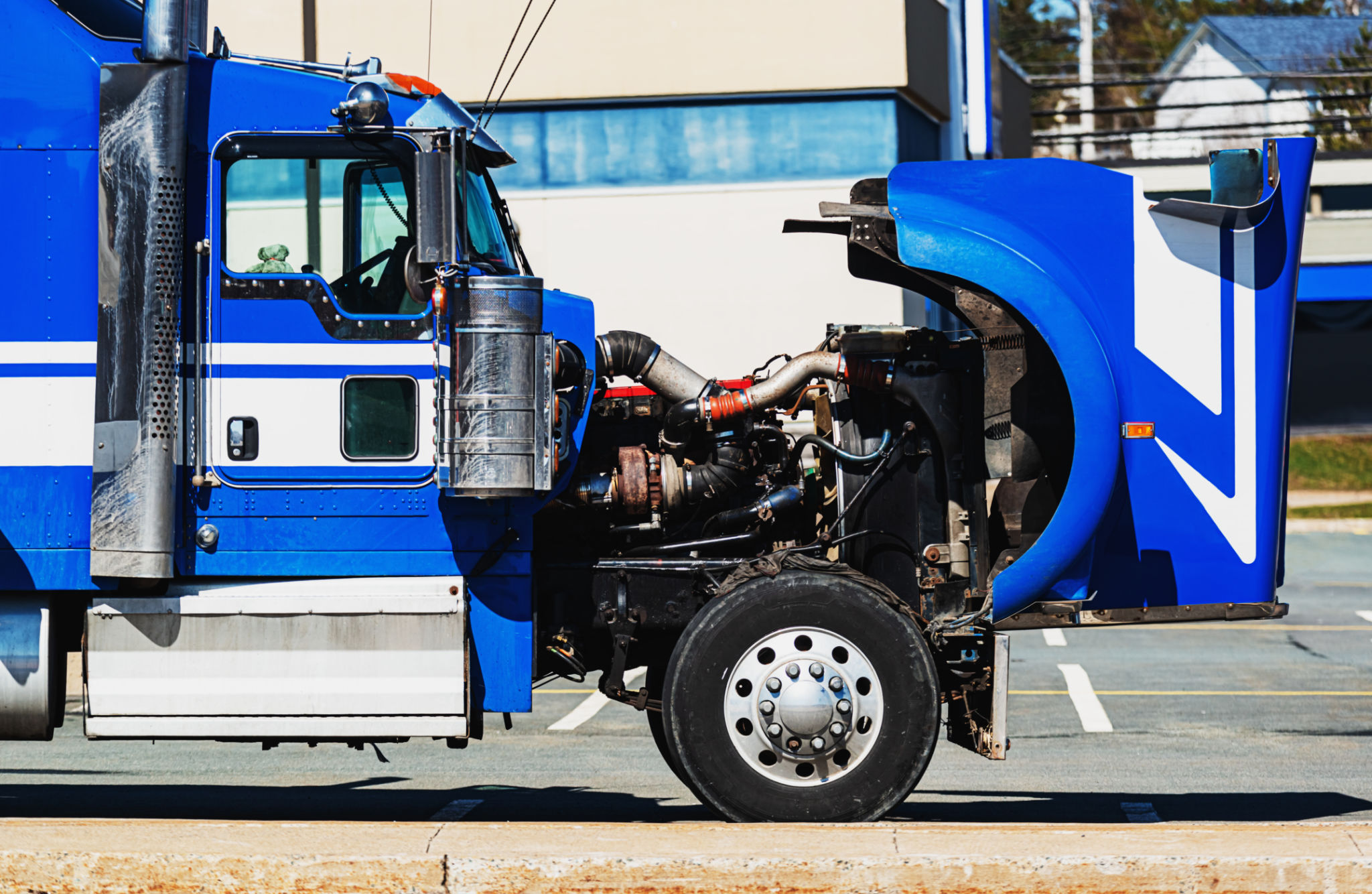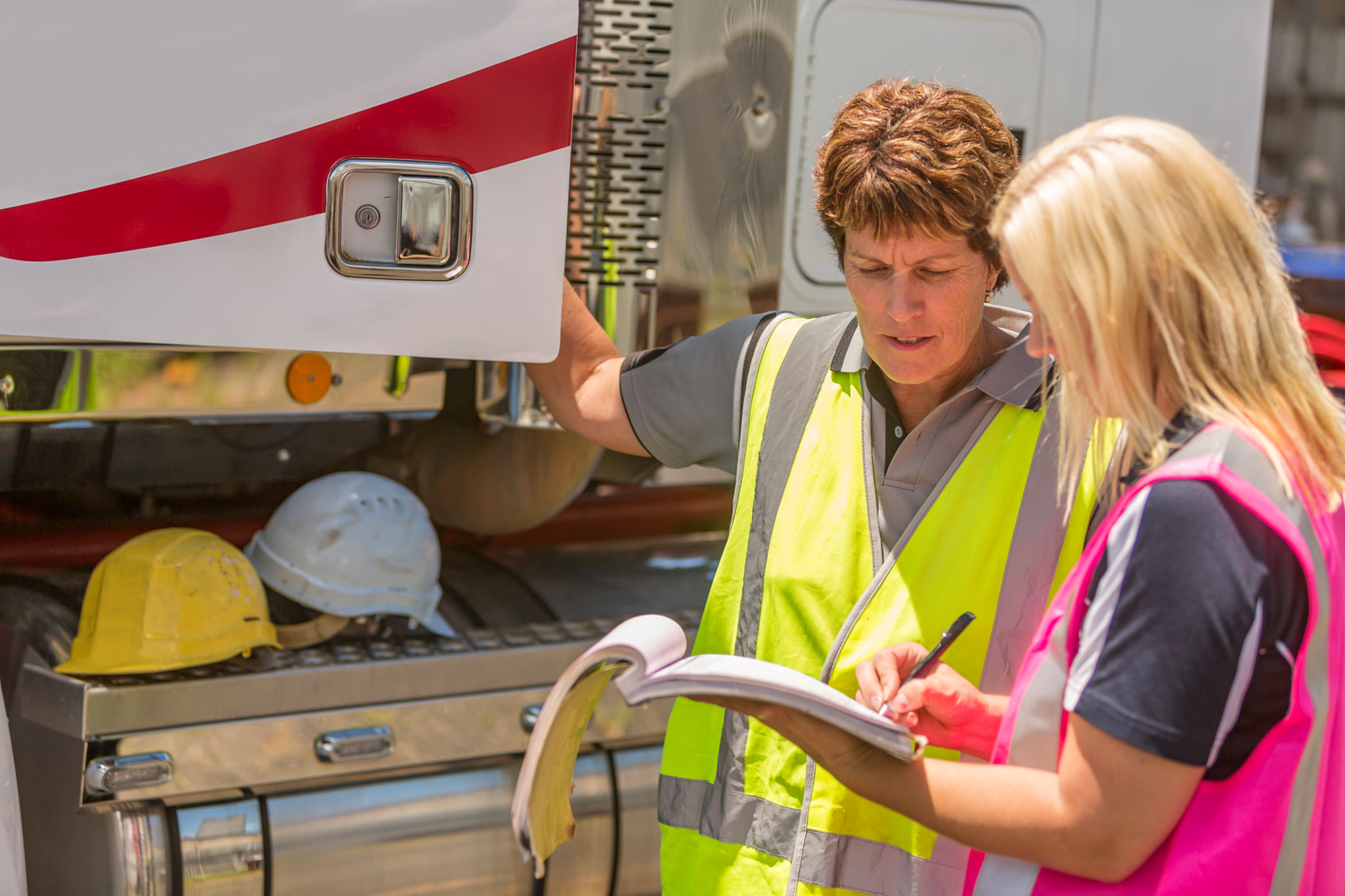Understanding DOT Regulations: What Every Trucking Business Should Know
Introduction to DOT Regulations
In the trucking industry, understanding and complying with Department of Transportation (DOT) regulations is crucial for maintaining operational efficiency and safety. These regulations are designed to ensure the safety of drivers, vehicles, and the general public. For trucking businesses, staying informed about these rules is not just a legal obligation but also a key component of successful operations.

The Importance of Compliance
Compliance with DOT regulations can significantly impact the day-to-day operations of a trucking business. Non-compliance can lead to severe penalties, including fines and suspension of operations. Moreover, maintaining compliance helps in building a positive reputation with clients and regulatory bodies, which can be a significant competitive advantage.
Key Areas of DOT Regulations
DOT regulations cover various aspects of trucking operations. Here are some of the key areas:
- Hours of Service (HOS): This regulation governs the working hours of drivers to prevent fatigue-related incidents.
- Vehicle Maintenance: Regular inspections and maintenance of vehicles are mandated to ensure safety on the roads.
- Driver Qualifications: Drivers must meet certain criteria, including holding a valid Commercial Driver’s License (CDL).

Hours of Service Regulations
The Hours of Service (HOS) regulations are among the most critical for ensuring driver safety. These rules limit the number of hours a driver can be on duty and dictate mandatory rest periods. Adhering to HOS regulations helps prevent driver fatigue, which is a leading cause of accidents in the trucking industry.
Maintaining Vehicle Standards
Regular vehicle inspections are a vital part of DOT compliance. Trucking companies must ensure that their vehicles meet specific safety standards set by the DOT. This includes regular checks on brakes, lights, tires, and other critical components. Proper maintenance not only ensures compliance but also reduces the risk of breakdowns and accidents.

Driver Qualification Requirements
Ensuring that drivers are qualified is another essential component of DOT regulations. Drivers must have a valid Commercial Driver’s License (CDL) and meet other specific requirements. Regular background checks and health assessments are also part of maintaining compliance.
Staying Updated with Regulatory Changes
The regulatory landscape is continually evolving, and staying updated with changes is crucial for compliance. Regular training sessions and updates from industry associations can help trucking businesses stay informed about new regulations and best practices.

Conclusion
Understanding DOT regulations is vital for any trucking business aiming to operate efficiently and safely. By adhering to these regulations, companies can avoid costly penalties, enhance their reputation, and contribute to road safety. Regular training and staying informed about regulatory changes are key strategies for maintaining compliance.